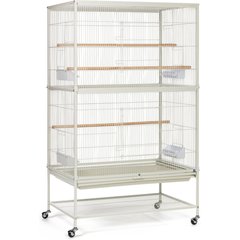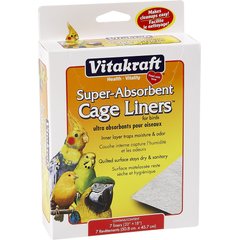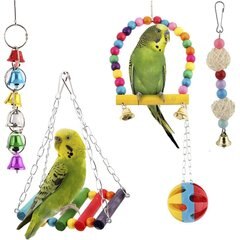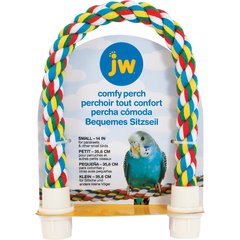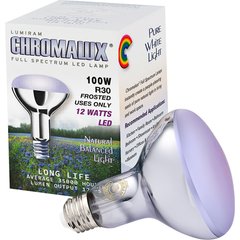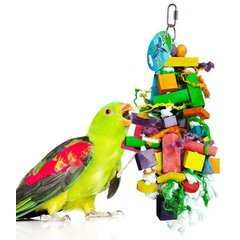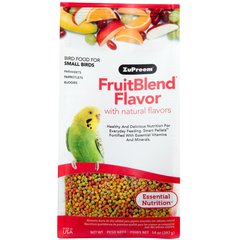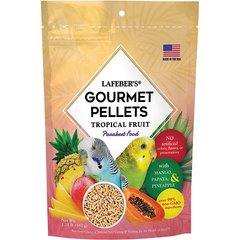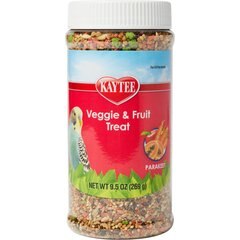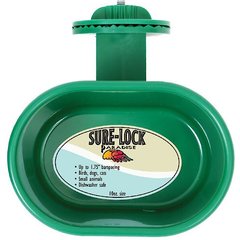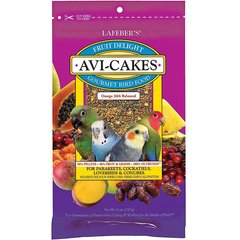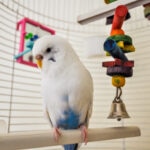Budgie Care Sheet
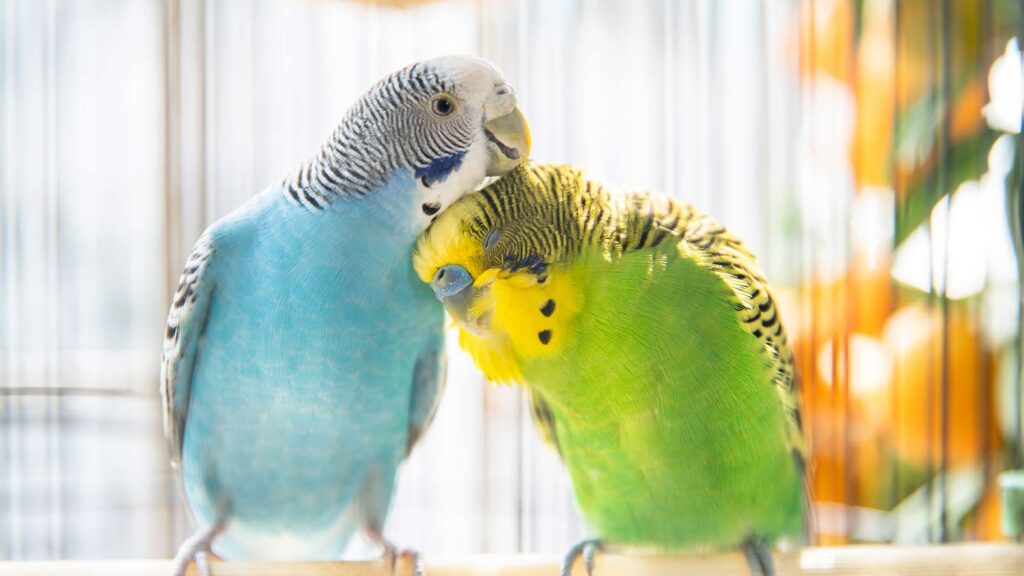
Photo by wonry/E+
Budgies, also known as budgerigars or parakeets, are colorful and highly social birds. They adapt well to most environments and require little specialized care, making them ideal for new pet parents.
If you’re thinking of adding a budgie to your family or have recently started caring for one, read on to learn how to properly manage everything about their living spaces, diet, health, and more.
Budgie Overview
- Budgies’ lifespan is typically 10–12 years, as long as they’re well taken care of.
- The average adult size of a budgie is 7 inches from the top of their head to the end of their tail.
Fun Facts About Budgies
- Budgies like to occasionally bathe themselves, so they need a large water bowl in their cages.
- A bird’s flight feathers will naturally grow back, so to avoid escaping birds, pet parents should regularly trim budgie wings.
- In addition to chirping and whistling, some budgies imitate sounds, words, or phrases.
Budgie Habitats
For one budgie, you’ll need a cage measuring at least 18 by 18 by 18 inches. If you have more than one budgie, you’ll need to expand their space. For example, two budgies should be in a cage that’s at least 30 by 18 by 18 inches.
Line the bottom of the budgie cage with newspaper, paper towels, or butcher paper. Avoid glossy paper, like magazine pages, as it could be toxic to your bird.
Budgie bedding should be changed daily for cleanliness and to check for signs of illness.
Recommended Products
Budgies need a variety of perches to help them exercise their feet and prevent sores. Look for perches 3/8 inch in diameter.
Recommended Products
When natural sunlight is limited, use a full-spectrum UV light inside your bird’s cage for 10–12 hours each day.
Recommended Product
Budgies also need a variety of toys for enrichment and exercise. Good options include:
Recommended Products
Budgie Diet
Feed your budgie high-quality pellets, making up around 60–70% of your bird’s diet. They should also have constant access to filtered tap or bottled spring water in a dish large enough for the budgie to bathe. Wash and dry the food and water dishes every day.
If you have more than one budgie, each bird should have individual food dishes away from each other. Otherwise, eating too close together could cause competition or fighting among the birds.
Recommended Products
Budgies can enjoy a variety of different commercial bird treats, as well as fruits and vegetables. Limit treats to 10% of your budgie’s diet, while fruits and veggies can make up around 30%.
Recommended Products
Some fruits and vegetable options for budgies include:
- Sweet potatoes
- Melons
- Broccoli
- Papaya
- Berries
- Bell peppers
- Pea pods
Poisonous or otherwise harmful foods for budgies include:
- Chocolate
- Caffeine
- Avocado
- Alcohol
- Seeds and pits in fruits (should be removed)
- Garlic and onion (both as seasonings and ingredients)
- Sugar-free food and candy
- Foods with high fat, salt, and sugar
Avoid using non-stick cookware around budgies. When heated, these emit an odorless, colorless gas that is toxic to birds.
Budgie Handling
How your budgie was raised directly impacts how you should handle them. If your budgie was raised by humans, rather than their bird parents, you should be able to hold them without causing them stress. This is because they’ve already learned to trust and rely on humans for essentials like food and bonding.
If bird parents raised your budgie, it’s possible they aren’t trained for human interaction. When handling, wrap a small hand towel around the bird to protect both of you.
Either way, it’s important to handle budgies cautiously and carefully to reduce the chance of injuries to you and the bird.
Budgie Health
Stay on top of your budgie’s health by taking them to their annual physical exam by a board-certified avian or exotic animal practitioner.
Aside from regular exams, keep an eye out for these signs of a healthy budgie:
- Smooth and bright-colored feathers
- Clear and bright eyes
- Smooth skin
- Formed green brown–colored droppings with a small amount of white and very little wetness
- Standard body condition based on your vet’s advice and recommendation
Call your veterinarian if you notice:
- Visible swellings on the skin or cracked areas
- Discoloration around the vent or fecal material sticking to the vent
- Loose or watery droppings
- Discolored droppings that are out of the ordinary for your bird
- Sneezing
- Tail bobbing
- Missing, broken, or bleeding feathers
- Seizures
- Skin growths
- Lack of balance
- Visible changes to the face, feet, or legs
- Open-mouth breathing
- Overgrown beak or nails
Your budgie could face common illnesses, including obesity, liver disease, tumors, and goiters. Some parakeets suffer from low vitamin A; scaly leg and face mites; and parasites. It’s important to review potential illnesses and how to watch out for them with your vet so you know what to look for before they occur.
Budgie Supply Checklist
Have all your supplies handy before you bring your budgie home, including:
- A bird cage
- Bedding
- Feeding and water dishes
- Budgie food and clean water
- Perches
- UV lighting
- Toys
FAQs About Budgies
How long do budgies live?
With proper care, budgies can live an average of 10–12 years.
What should I do if my budgie wants to escape?
Manage routine wing trimming to prevent your budgie from escaping. You should do this every few months since flight feathers naturally replace.
What type of protein should I feed budgies?
A high-quality pellet food should meet their dietary needs. You can also feed them supplementary fruits and vegetables as well as treats, but pellet food should make up 60–70% of their food intake.
Are parakeets good pets?
Parakeets are good pets for beginner pet parents. They are easy to manage and maintain since budgies adapt to their environments.
Can budgies talk?
Budgies can imitate words repeated to them. They can also chirp and whistle.
This content was medically reviewed by Teresa Manucy, DVM, Chewy veterinarian.
